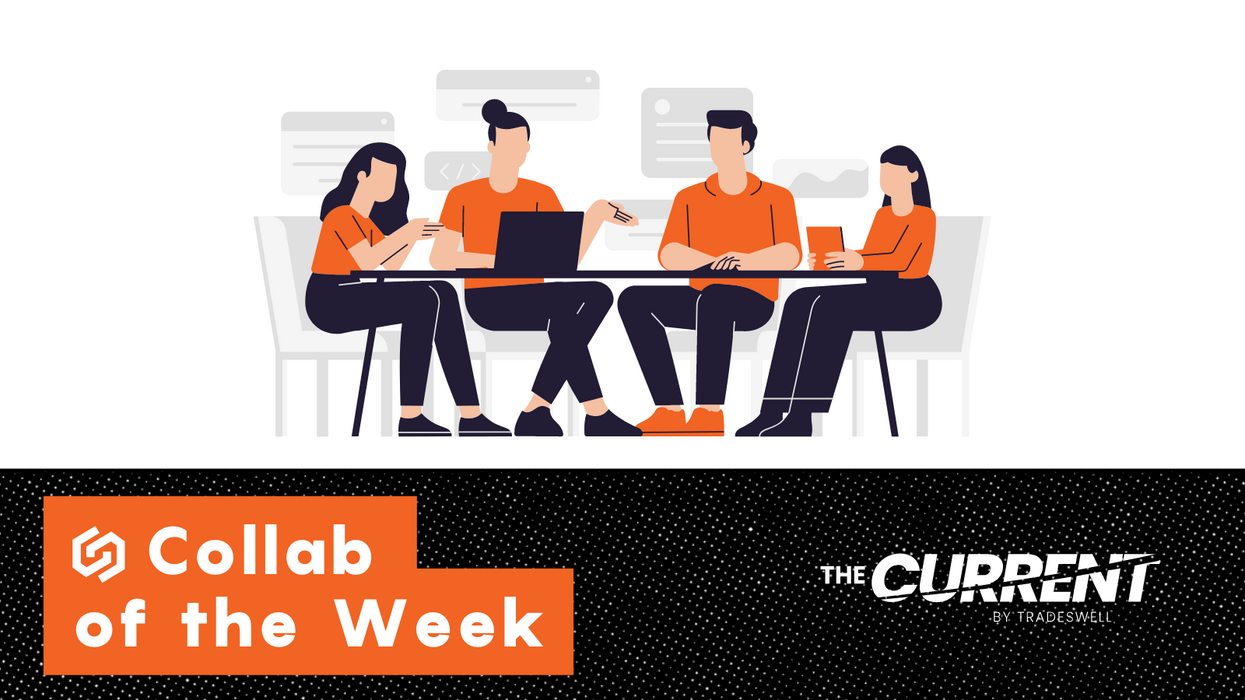When riding into a new frontier, it helps to seek out others who are going in the same direction. Some may know the terrain, and can help guide the way. In other cases, it can just be helpful to travel with others who are navigating the same ground. Even if it’s new to both of you, figuring it out together can strengthen the chance for success.
This dynamic is playing out across the consumer goods landscape as brands enter the metaverse. With virtual environments forming where people seek to play, be entertained and shop, there’s a clear sense that brands must build a presence. But as with many innovation-centered initiatives, partnerships play a key role.
One recent example can be found in a collaboration between Puma and 10KTF.
It’s a partnership between a brand and a shop, but this one is taking place in the digital world.
With this collaboration, Puma entered New Toyko, a city in the metaverse where 10KTF has a shop. Puma said it's the biggest web3 initiative is launching to date.

Wagmi-san at 10KTF's shop in the metaverse. (Handout photo)
Run by the popular fictional owner, Wagmi-san, 10KTF’s shop is known for its streetwear. A quote in a press release from Wagmi-san suggests this partnership will bridge both the physical and virtual worlds.
“Thanks to the rise of our 10KTF community and the like-minded craftspeople at PUMA, a long-held dream of mine gets to be fulfilled. I am grateful for the opportunity to bring our crafts and our stories into the physical realm and usher in a new era for New Tokyo,” Wagmi-san said in the release.
For brands, the potential held out by entering the metaverse lies not only in setting up shop in a new place where people are likely to shop, but also in how goods that are available in the virtual world interact with the products that are made in the physical world. Puma chief brand officer Ben Detrick explained where this could be heading in an interview with Vogue Business:
“As a sports company, we have to be thinking about engaging with people in the physical world and giving people the opportunity to bring physical products into the digital world,” Petrick says. Digital products open up new possibilities, he says: a digital basketball shoe can carry with it athletic abilities in virtual worlds, for instance. “Whether it’s gamified utility or access, it’s like a fourth dimension of experience with the product,” he says.
The digital goods have their own processes and infrastructure. They are often distributed as digital collectibles, with ownership conferred through NFTs, or nonfungible tokens. 10KTF creates these digital goods, often in the form of one-of-a-kind accessories for NFT holders. It has created goods for Gucci by creating “picture for proof” NFTs that offered a representation of the fashion house’s looks in the digital world.
It eases Puma's entry into the digital world, while at the same time enabling 10KTF to enter the physical world.
It also offers entry into a world where they can meet others. Along with 10KTF, collectors from 16 additional NFT communities are in New Tokyo. There are chances to partner with others. Now it can take steps to become part of the community.













